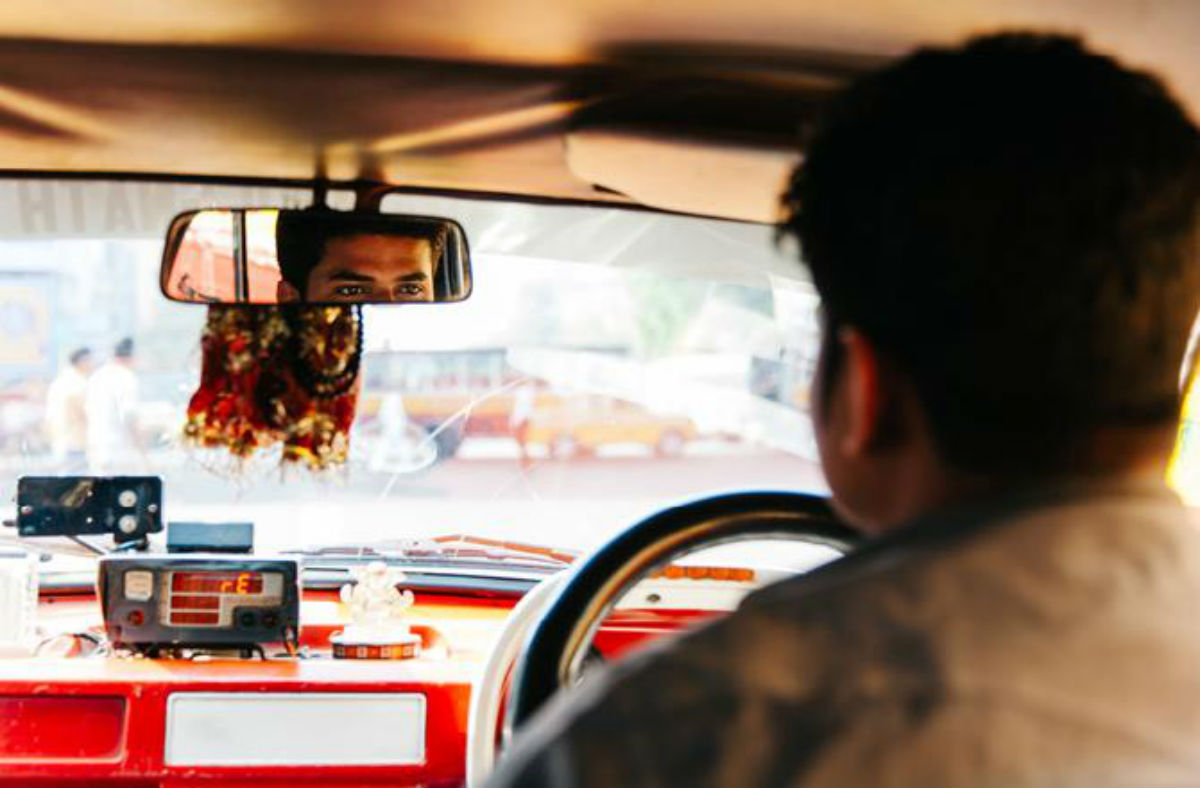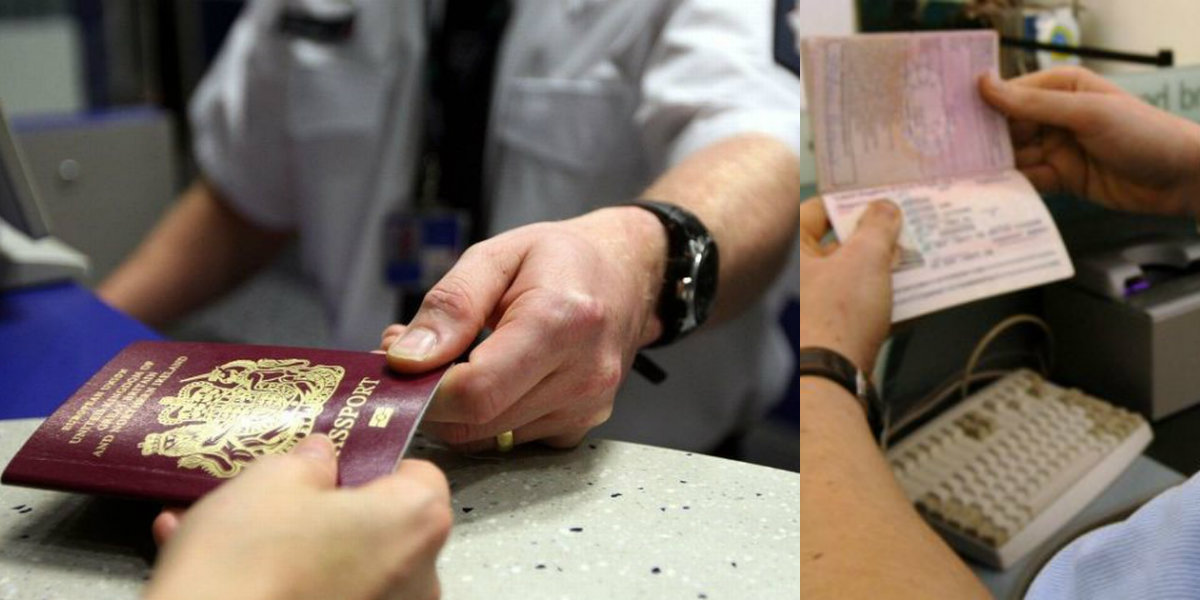This article is a tribute to the legendary Goan artist who elevated the name of Goa to the international standard. The story begins in his early childhood and talks about the spark of talent that his mother observed in his early childhood and all the naughtiness he had done while he was a kid. This story will give complete insight into the life of Legendary Artist Mario de Miranda.
Goans have done the innumerable amount of contribution in the field of arts and culture, not alone in India but rest of the world. The world recollects Goa for its pristine beaches, Fish curry rice & Caju Feni but in reality, Goa has much more to offer to the world. Goa is a land of talent, culture, and traditions. Many world-renowned talents have born on this soil and their contributions have crossed the geographical boundaries. Goa is not only about beaches, fish curry, and Feni but it is also about the people and their contributions.
What is the first name that flashes in your mind when we talk about the Goa’s famous cartoonist? Of course, Mario de Miranda, Mario was born with a talent of the creation of images from his sheer imagination. Based on the information available on the chronicles of his life, when he started his career with the Times of India as a cartoonist, he had not done any formal education in fine arts, although later he moved into the illustration and fine arts. This displays the existence of inborn talent in him, it shows that person do not require any formal education if he is born with that talent but of course the formal education only fine tunes the whole persona of the talented human being.
There are numerous books and tons of information available on this legendary personality and hence, I am not going to repeat much from there in this article. This article is written to give the due homage to the most humble and gifted man Goa ever had.

Mr. Mario Miranda was born in the Bhatkar (Landlords) family of Goa in the year 1926 (2nd May 1926) although his birthplace is Daman (part of Portuguese colony in India) but he belongs to the beautiful village called Lotoulim in Goa. This genius was born with the talent of tiny observations. This is very important part of any artistic personality. There is no doubt that the minuteness in his observations appears in all the cartoons that he ever made.
Mario’s parents were of a Portuguese Ancestry, having the huge Bhat (piece of land) in Lotolium village. Mario was born with the silver spoon. He grew up as a child in Goa in the Portuguese influenced culture. His early childhood was spent in the village Lotoulim. According to the available information, his talent of drawing was first spotted by his mother at an early age of Mario. She saw him drawing on all over walls and she brought him blank books, which he later called as his diaries.
There are stories about Mario getting into the trouble at the school when he started drawing the funny sketches of the catholic priests. Manohar Madgaonkar, one of the Goa’s veteran writer who was very close to Mario since his early days narrated the incident in a biography written by him. According to that, when Mario drew the funny sketch of a priest it landed him in a lot of trouble. Mr. Madgaonkar narrates that, Mario was always found the priest to be a ready-made foil for caricatures. As a child, Mario had been taught to pay respect to clergy and remain disciplined while in the church. So much so that whenever he comes across a priest, he had to bend and kiss their hand. But whenever the opportunity struck he would not fail to make use of it. In his narration, Mr. Madgainkar elucidated that, in those days the priests were required to wear dark hats with wide brims and shoes with enormous metal buckles. At times, say in a stiff breeze with their robes flying and holding on to their hats, they looked so funny that he just could not resist making drawings of them. True, he did his best to hide those drawings from their subjects, but one of the priests felt so affronted that he complained to Mario’s mother and when she, for her part, tried to make excuses for her son, he told her to take him to the Bishop who would know how to discipline her son for his naughtiness.
His mother took Mario to Bishop but to her surprise when Bishop saw those sketches, instead of getting angry he started laughing. “The Bishop was convulsed with laughter when he saw it,” Mario reports, “He told my mother not to do anything to stop her son from making drawings. ‘He has a natural talent. Let him develop it.”
Mario Miranda’s childhood journey was very interesting. He had done his preliminary education in Lotolim and was sent by his parents to Bangalore for the further studies; let me tell you one thing here that, in those days Bangalore was not another state but it was a different country altogether (Part of India ruled by the British empire) since it was not ruled by Portuguese. Mr. Madgaonkar narrates another interesting story (in his biography book on Mario) about his migration to Bangalore.

According to the Mr. Madgaonkar, at the age of 10, Mario had got attracted to the sheer physical beauty of a young girl from a farmer’s family in his neighborhood who would come to their well every morning to fetch the water. “I would hover near the well, waiting for her to come and would keep staring at her all the time she was around,” he remembers. His infatuation must have been noticed by his mother. Mario Miranda never saw the girl again, and a few weeks later, he was sent to Bangalore for higher studies. But her image kept haunting him and comes to live in his drawings, a stunningly beautiful girl carrying a pot of water, almost without him being aware of it.
Since Mario was not born in Goa he had an issue with the local language Konkani. Few months after coming to Lotolium he began his studies in the local primary school. In those days the medium of instruction in the schools was Portuguese but the pupils would speak in Konkani (which was local language) soon Mario became fluent in the local language. In those days most of the students would come to school barefoot and Mario also followed the same thing, but since he belonged to a rich landlord’s family, he would leave the house wearing the shoes but while he reached the school he would remove it and put them back at the end of the day. “I hated wearing shoes,” he used to say this.
Based on the available information from one of his interviews, when Mario’s parents sent him to Bangalore for his studies, he had a big issue with the local language of that place. He had learned Konkani and Portuguese in Goa but Kanada was an alien language to him then. The medium of instruction in St. Joseph’s School was English (being one of the elite schools in India then) he had a big struggle with both languages. “I didn’t know a word of English and the other boys made fun of me,” he told in the interview.
But due to his high grasping power Mario soon learned enough English to be able to keep up with the studies and in few months, he learned to speak and write in English. His parents made all the arrangement of his stay in Bangalore, they hired an apartment for him and provided him with a servant and the cook was sent all the way from Goa to take care of his daily diet.
While in Bangalore, the drawing skills of Mario kept improving since he would continuously keep sketching the drawings of his school life on the diaries. “My classmates appreciated my drawings,” Mario told an interviewer. “They would encourage me to do nude drawings of a lady teacher whom we had named Sticky Bum,” he recalls. “It got me into a lot of trouble.” After he finished his schooling in Bangalore his parents decided to send him to Bombay for the further studies.
Mario Miranda always remained attached to St. Joseph’s High School and he made it a point to visit that place every time he found an opportunity to be in Bangalore. To the staff and students of today’s St. Joseph’s, he is their model student – an Old Boy who has achieved fame and who visits his old school.
There is an incident narrated by one of the fellow student Antonio Menezes, according to him, Mario had developed his art to the next level while at St. Joseph’s School in Bangalore. “Our Science teacher Alec Alvares once demonstrated how invisible ink was made. He gave the class an assignment to make some invisible ink, write a few words with it, and to bring the papers to the class. He would hold them near a glow-lamp and read them out. When he was reading these messages, he held up one paper and demanded: ‘who did this?’ It was a caricature of Alvares himself. Mario stood up and admitted that he was the culprit. The Science Master stared at him for a long time. Then he said, ‘You seem to have a gift for these sort of things. Keep it up and good luck to you.”
Such a gifted soul Mr. Mario Miranda was. There is a lot to be told about him but this place would not be sufficient to explain his ‘Lila’ (KARMA). After Bangalore, Mario shifted by his parents to Mumbai for his further studies. Mario did his BA at St. Xavier’s College in Mumbai while focusing on IAS (Indian Administrative Services) but his parents wanted him to study Architecture which he joined but did not peruse it further since he lost his interests in it soon.
After completing his BA, Mr. Mario Miranda joined the Times of India as a cartoonist. According to Pamella D’Mello who published her article on Mario Miranda in the national magazine Frontline Volume, 28 described Mario as ‘Sharp wit and ability to sketch fellow humans with a humor, compassion, and verve made Mario Miranda exceptional’. She compared Mr. Miranda with another stalwart in the cartooning industry Mr. R K Laxman. She writes that “Anyone who lived in 1970s India and had access to English magazines would have found it hard to miss the work of Mario Miranda”. According to her as an illustrator for iconic tabloid Illustrated weekly of India Mario’s work had occupied quite a few pages with signature just as Mario and that created his brand name with which most of the India recognized him.

While comparing Mario with legendary R K Laxman she quoted that “R.K. Laxman was the political cartoonist for The Times of India and occupied its front pages, but it was Mario’s signature illustrations and his many “social” cartoons in Times Group publications that became incredibly popular and amazingly pervasive.”
Mr. Mario created few well-known characters out of his gifted imagination and they became instantly popular. One of the characters known as Miss Nimbu Pani and another one was Miss. Fonseca. Pamella D’mello further quotes that “the embarrassingly buxom secretary Miss Fonseca that he created for The Economic Times and all publications in The Times stable became popular in their own ways. And who can ever forget the Sardarji in a light bulb that Mario created for Khushwant Singh in The Illustrated Weekly?”
In this article, she also speaks about the observation quality of Mr. Mario Miranda, according to her Mario had a gifted sense of observation in him. Her description of Mario Miranda’s observation is very interesting. According to her, “A man of few words, Mario, his contemporaries say, liked to stand back and observe, and like the wise owl, the more he saw, the less he spoke. What he saw was obviously a fodder for his work, but the interesting thing is that Mario’s seeing was a gentle act, a non-malicious and empathetic seeing that took nothing away from his sharp wit.”
Pamella further describes that Goa gave Mario to world and Mario gave Goa to the world. She explains this point in her article with the following example. According to her every time Mario made a trip back to his native land and to his 300-year-old Ancestral Mansion in Lotoulim, he chronicled and captured wonderful sketches that transported his viewers to the land of swaying palms, majestic churches, and mystical temples.
Mario was not just an artist-cartoonist but he was an illustrator of a par excellence. According to Pamella, Mario’s illustrations revealed the true side of artist he was. To explain this point Pamella quotes in her article that “It is actually regrettable though understandable that while the popularity of his cartoons made him known as a cartoonist, his gift as an illustrator remained confined to the art gallery circuit.”
According to Pamella, Mario left the Times of India group in the year 1970 to join his friend Behram Contractor in MID DAY and later proceeded to Despatch and Courier, retaining his freedom to continue his travels while taking on independent commissions that came flooding in. According to Pamella, Mario always remained grateful to his early mentors who gave him an opportunity and never failed to mention his early debt to D.F. Karakka who gave him his first break in his newspaper ‘The Current’ where Mario worked as staff cartoonist in 1952 and C. R. Mandy who gave him a break in Illustrated Weekly of India.
After that Mario continuously worked as a freelancer and he never had a short of work. He did books covers, restaurant panels, and calendars. He worked continuously and tirelessly until his ailments prevented him from doing so.
In the year 1996, Mario finally returned back to Goa with a decision to live here. While in Goa Mario kept himself busy with his commissions and also started a new phase of engagement with Goa’s heritage monuments as part of the conservation body the Indian National Trust for Art and Cultural Heritage (INTACH).
“If it wasn’t for Mario’s determination, the Museum of Christian Art would never have come into existence,” says Victor Hugo Gomes, the museum’s former curator. Mario would have liked to have taken up several other projects but inevitably ran into bureaucratic hassles, something he took with grace. In 2003, Mario was awarded the Padma Bhushan following his earlier award of Padma Shri.
According to Pamella, there is no other cartoonist in India, who had been copied more than Mario. There are dozens of artists churning out characters that look similar to those sketched by Mario. According to her when once she asked Mario about his reaction on this, whether he mind this and the answer was ‘No, Not at all’ though the only thing that annoyed him a bit was the poor humor “Some of them even improve on my drawings. These young people nowadays are very good,” he had said.
According to Architect Gerard da Cunha, a close friend of Mario who runs Mario’s Galleries in Goa another part of India and who also worked with Mario for the past 10 years described Mario as a humble genius, the person who was equally kind to the peon and the driver. “He would tip people generously and would generally agree with what people said, with the result that people would walk into his house and orally seek permissions to reproduce this and that drawing, and he would willingly agree with no consideration whatsoever. His family learned to be a little more protective after that.” It was this same openness that caused the loss of much of his original works but for a few treasured by those who managed to get hold of them.
I was trying to get in touch with Gerald Da Cunha to ask him more about Mr. Mario Miranda but since he was out of the country I could not manage to that. Then I decided to speak another person who was very close to Mr. Mario, Subodh Kerkar. Subodh is an artist of par excellence. He gave up his medical profession to pursue his passion in the field of visual art. In the past 20 years, Subodh has experimented with various media creating a niche for himself. He told me that, Mario did not get the recognition he actually deserved. “In my opinion, he needs to be addressed as a great artist.” He said. Mr. Subodh has also described one of the cartoon that Mario made which depicted the situation in which the candidate claims to have been sacked by the bogus firm for his honesty.
In the year 2016, Google gave a tribute to Mr. Mario Miranda with a title “Google Doodle celebrating the 90th anniversary of a legendary Indian cartoonist Mario Miranda” with their search page displaying the sketches of the legendary Goan artist. Google mentioned following on their website while giving the tribute to Goan Artist, “Our guest Doodler today is Aaron Renier, another comic artist known for portraying large crowds”. “I approached Mario’s work by pretending I was drawing with him,” says Renier. “I chose his most popular style, very flat with crisscrossing interactions.” In this homage to Miranda, we see a rich litany of people, each unique in their perspective. “That is what I liked most about his work,” Renier explains, “trying to pick out who knows who, who’s watching who, who’s annoyed by who, who’s enamored by who. Hopefully, people will see something of [Miranda’s] spirit in it.” We’re pleased today to honor the legacy of Mario Miranda. His works live on throughout India, and we’re proud to provide another space for this artist’s surging style to rest.
Incredible Goa salutes the legendary Goan figure that changed the world of cartoon and took it to the next level. His vision and creation were completely out of the world. His creations always depicted the social conditions, ethnicity, and traditions. He was gifted with the special quality of observations and that can be seen in all the cartoons he ever created. Mario Miranda left this world for heavenly abode but he will always remain with us through his creations. This is the tribute of Incredible Goa him and this is the least we can do for the legendary Sir Mario de Miranda.
Disclaimer: The writer of this article hereby provides the credits to all the concern people who contributed in this information as a reference. The above article is compiled from the various books and magazines & online information available on the greatest artist that Goa had “Padma Bhushan Mario De Miranda”. In case if the reference of anyone is missed out from this article, it would be entirely due to an oversight of the writer and the same should not be considered as done on any purpose. If you feel that any name, reference is missed out in this story that deserves the written credits kindly let us know and we will update the same in our next issue by providing due credits in writing. The images used in these articles are for the purpose of representation only.



























